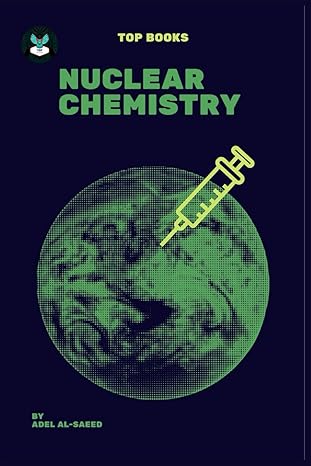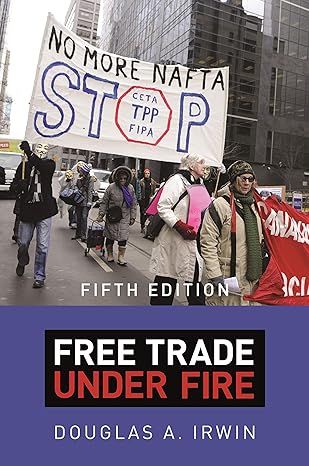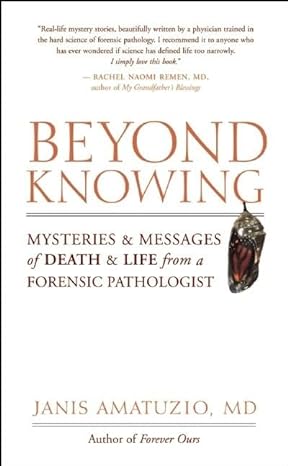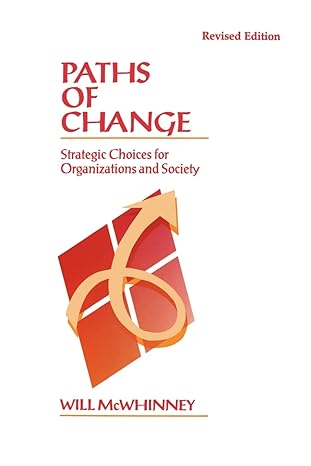Go back


Instrumentation In Applied Nuclear Chemistry(1st Edition)
Authors:
Jan Krugers

Cover Type:Hardcover
Condition:Used
In Stock
Include with your book
Free shipping: April 03, 2024Popular items with books
Access to 3 Million+ solutions
Free ✝
Ask 10 Questions from expert
200,000+ Expert answers
✝ 7 days-trial
Total Price:
$0
List Price: $54.99
Savings: $54.99(100%)
Book details
ISBN: 1468419552, 978-1468419559
Book publisher: Springer
Get your hands on the best-selling book Instrumentation In Applied Nuclear Chemistry 1st Edition for free. Feed your curiosity and let your imagination soar with the best stories coming out to you without hefty price tags. Browse SolutionInn to discover a treasure trove of fiction and non-fiction books where every page leads the reader to an undiscovered world. Start your literary adventure right away and also enjoy free shipping of these complimentary books to your door.
Instrumentation In Applied Nuclear Chemistry 1st Edition Summary: This book attempts to build a bridge between two sciences: chemistry and electronics. The inside of the black boxes the nuclear chemist uses daily is explained in simple electronic terms. Knowledge of the inside not only satisfies curiosity but helps one "get the most out of the available equipment." Likewise, this book tries to give sufficient understanding for not "over buying," that is to say, for buying the equipment which just serves the purpose, instead of buying the best so at least it will serve the purpose. The first three chapters give a concise understanding of what the area of applied nuclear chemistry is concerned with and what kind of equipment is generally used. Chapter 1 gives a theoretical background, while Chapter 3 deals with the practical implementations. Thus, these chapters provide the background to determine what one can expect from the experiments. The remainder of the book is devoted to the practical instrumentation of the experiments. Each chapter deals with specific types of instruments and devices, discusses briefly the electronics involved, considers the limitations, and investigates how and to what extent they can be circumvented. The advantage of having different contributors, each with his own practical experience, shows clearly in this latter aspect. Detailed practical knowledge and experience can be explained best by the person who has long been con cerned with the subject theoretically and practically.
Customers also bought these books
Frequently Bought Together
Top Reviews for Books
DanYel Williams
( 4 )
"Delivery was considerably fast, and the book I received was in a good condition."










